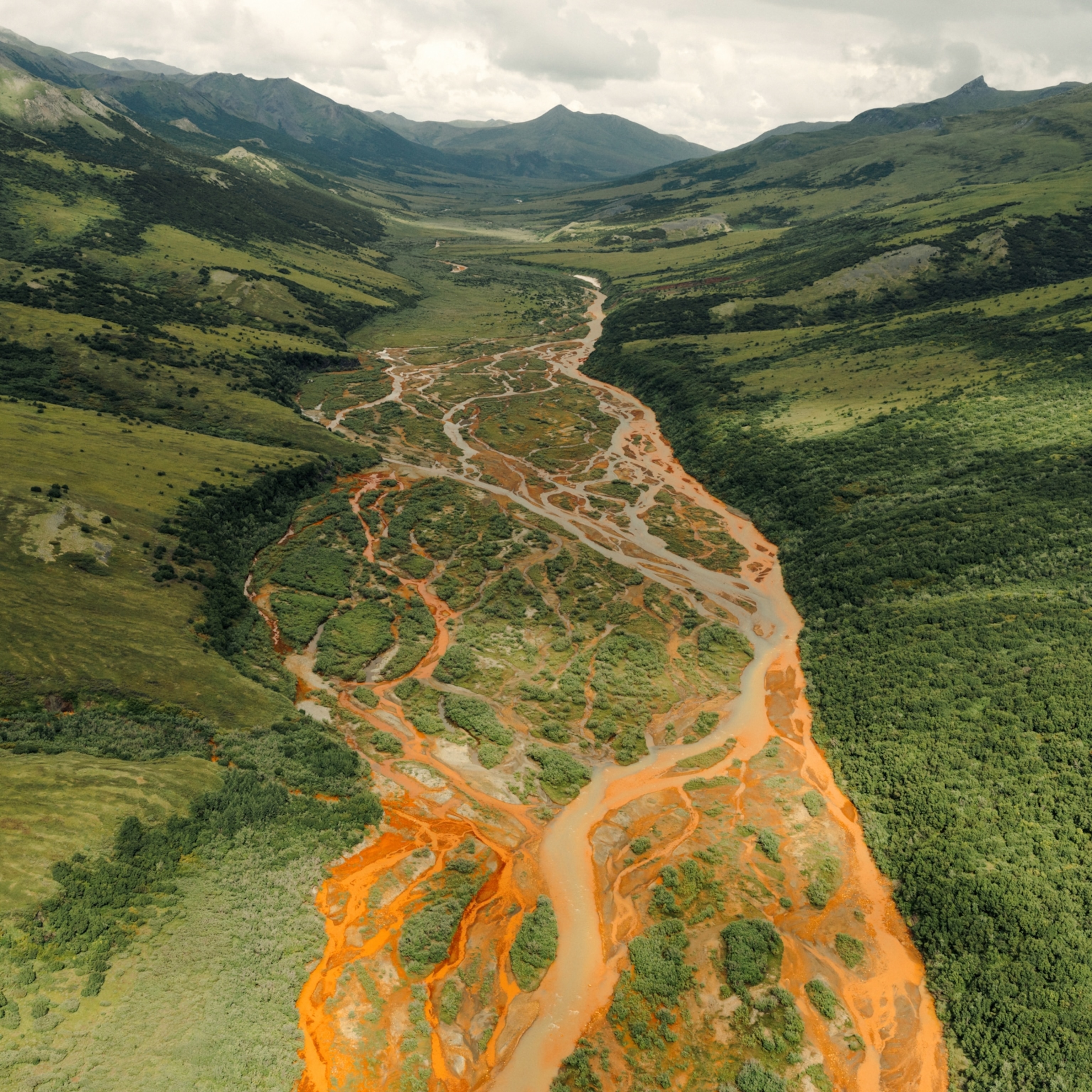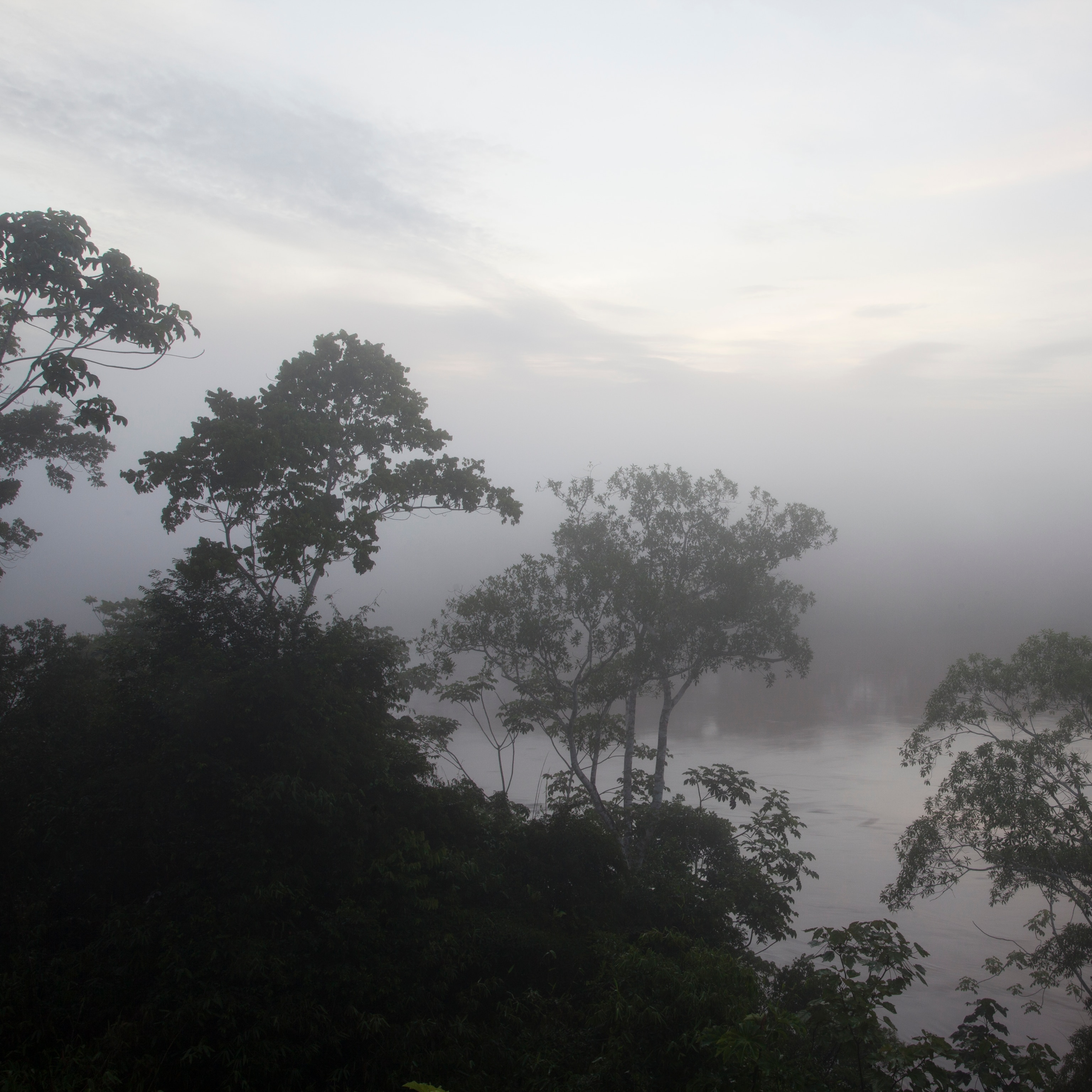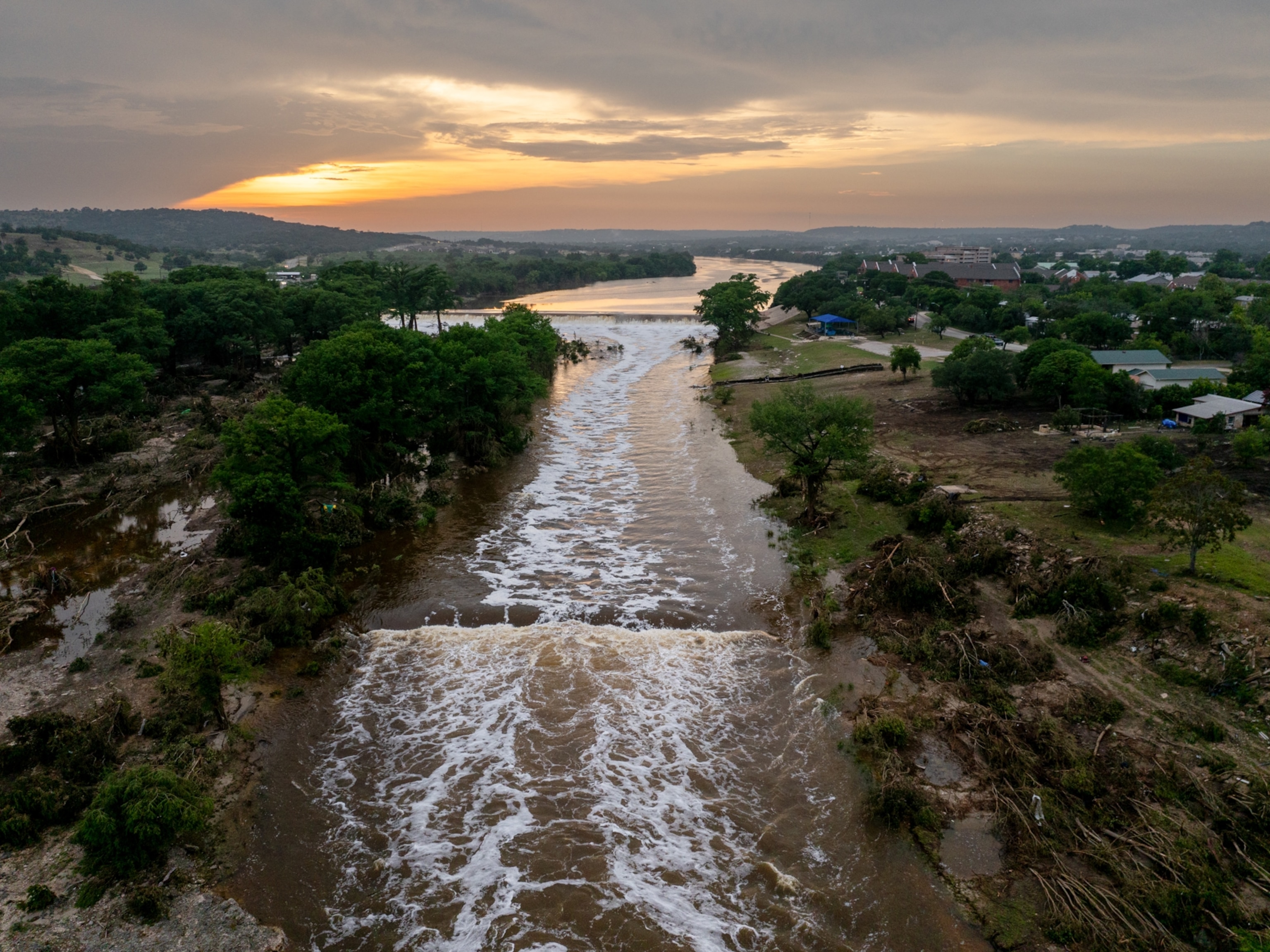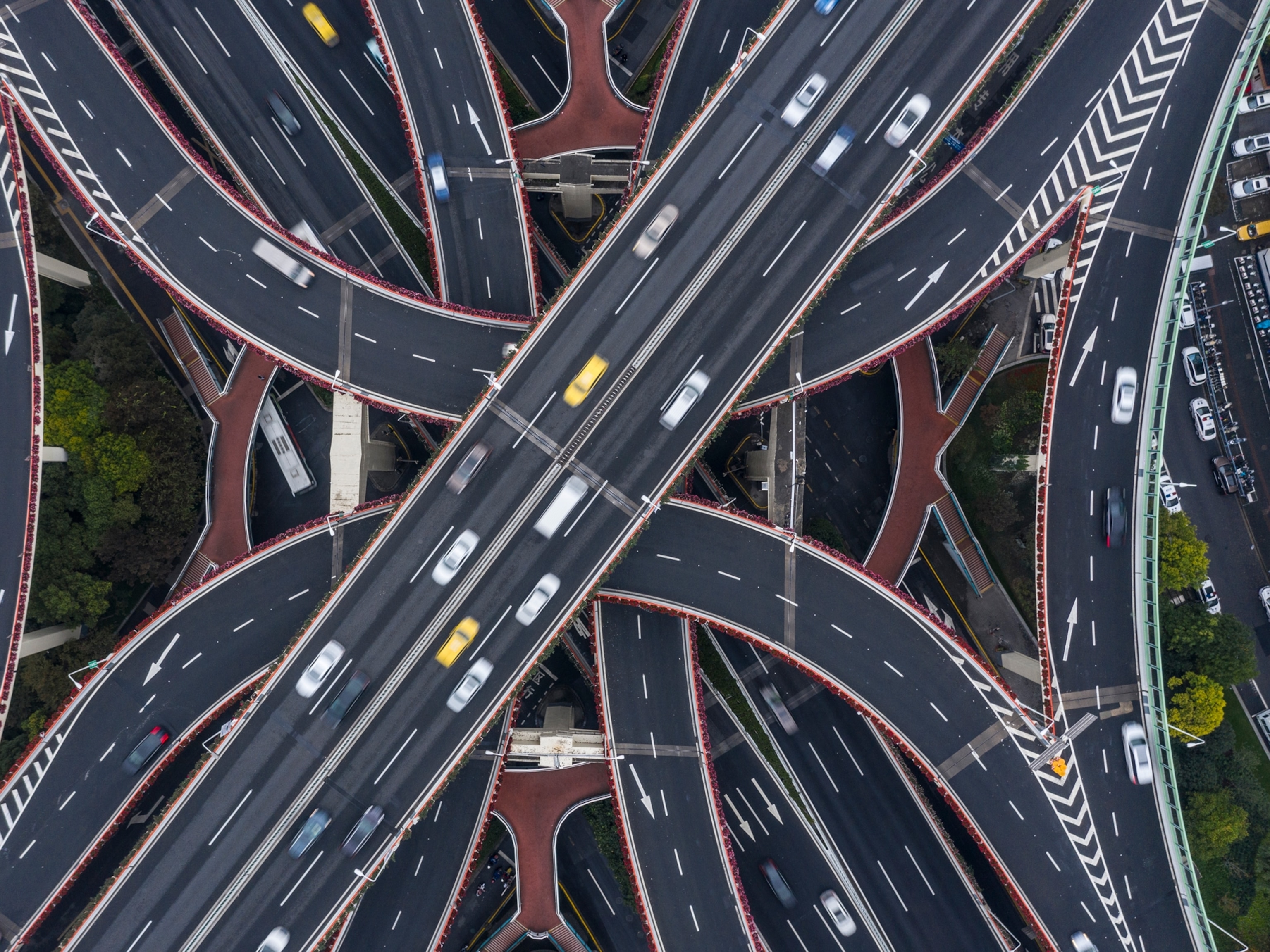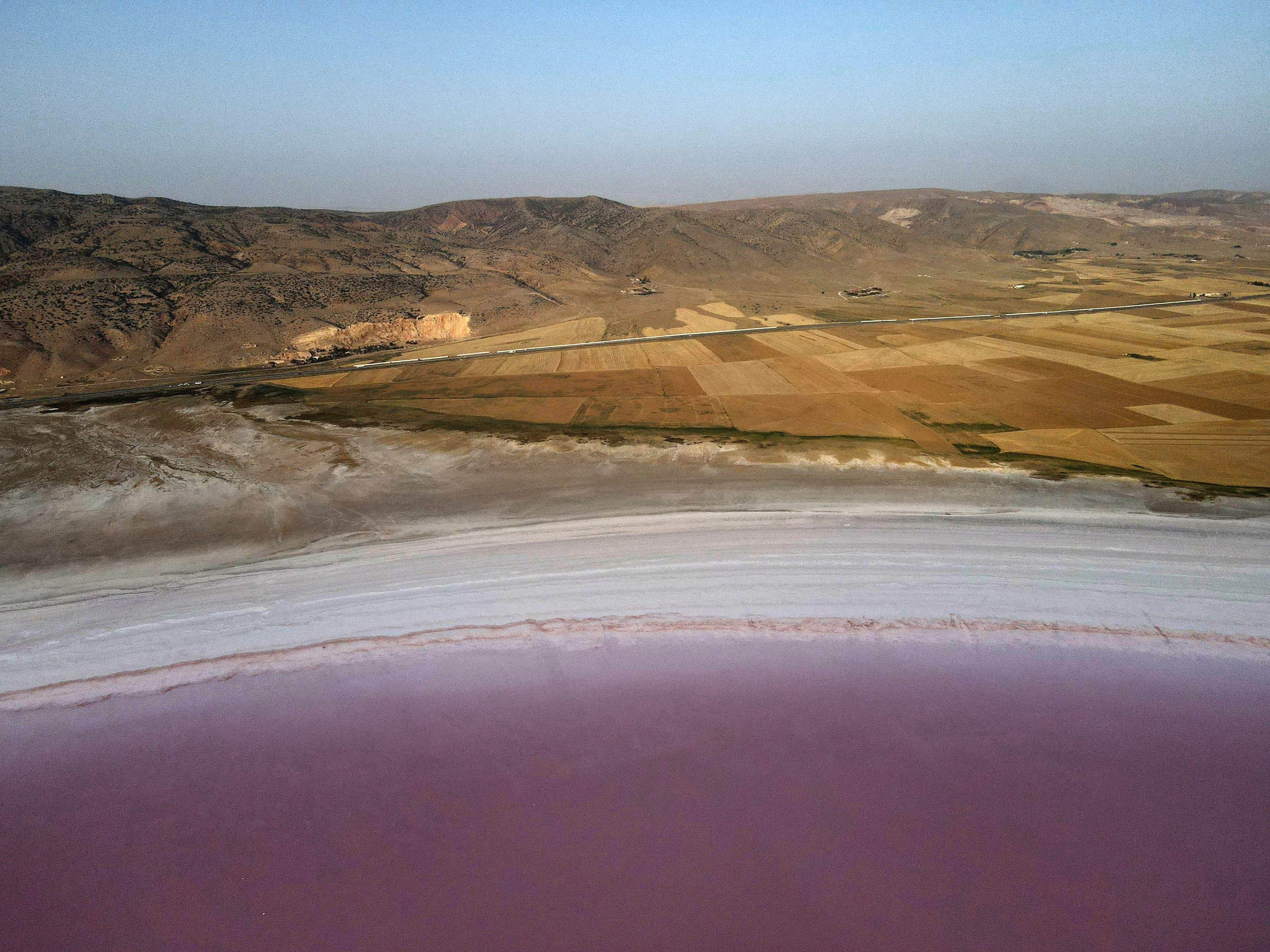Making Every Drop Count: How Australia is Securing its Water Future
Australia has long had a precarious relationship with water, but the extreme weather events of recent decades have forced it to adopt a renewed respect for this precious and finite resource.
Of all earth’s continents, only Antarctica gets less precipitation than Australia. Its average annual rainfall of just 470mm is also unevenly distributed: in the Northern Territory, Darwin receives around 1,700mm, while Adelaide in South Australia gets less than one-third of this—some inland towns survive on less than 200mm. Australia’s limited and unpredictable rainfall is being exacerbated by climate change with the continent one degree warmer than a hundred years ago and receiving significantly less rain. In 2018, every state except for Tasmania and Western Australia received less than average rainfall while persistent high temperatures in Queensland contributed to record rates of evaporation. From 1996-2010 the Millennium Drought brought long-term water restrictions to the country’s highly populated southeast and southwest. It was a catalyst for change. Driven by the twin challenges of declining water supply and growing demand, Australia has stepped up its efforts to secure its water future.

Despite the continent’s vast size, nearly the entire population lives in cities. These are predicted to grow by an additional 20 million people in the next 30 years, with water consumption in larger cities expected to rise by 73% to more than 2,650 gigalitres. To meet this demand Australia is looking beyond its traditional rain-fed dams and reservoirs. Instead, it is turning to technology with all the mainland states investing in large desalination plants, each producing up to 674 gigalitres of additional freshwater to cushion city-dwellers against growth and drought. However, desalination is costly and controversial, using so much energy that its water is nicknamed ‘bottled electricity’; Sydney’s plant costs A$500,000 a day to run—even standing idle. This January it was switched on for the first time since 2012 and is expected to contribute 15% of the city’s drinking water, staving off severe restrictions.
In Western Australia, dwindling rains have decreased runoff into Perth’s reservoirs by 91% since the 1970s, forcing an increased reliance on groundwater. Australia’s aquifers are being drained at unsustainable rates, but Perth is now actively replenishing them by pumping 10% of its treated wastewater into shallow aquifers that naturally filter and store the water until it is needed again. This process of augmenting freshwater supplies with treated wastewater, called Indirect Potable Reuse, could be crucial to futureproofing urban water supplies. In 2018 recycled water use increased in most urban centers and although no city directly uses treated wastewater as tap water, Perth has considered it. With the right technology and safeguards it could bring cities and homes close to self-sufficiency.
As well as increasing the availability of water, Australia is getting better at using less. Many products are rated and labelled for water efficiency, with homes increasingly adopting water-saving features from showerheads that regulate flow to dishwashers that use just 12 liters of water a load, a mere 10% of traditional rinsing and washing. More than a quarter of Australian homes collect and store rainwater for domestic use, contributing around 177 billion liters to residential water supplies. Together with domestic wastewater systems that treat and reuse greywater from sinks and showers, these integrated water management systems take pressure off municipal supplies for non-potable functions such as flushing toilets, washing clothes, and watering gardens. With around 40%-50% of Australia’s domestic consumption used outdoors, most cities restrict garden hosepipes and irrigation systems through voluntary Water Wise Measures. In Victoria, the city of Melbourne has gone even further, putting permanent rules in place that have almost reduced daily water consumption to a target of 155 liters per person—well below the national average of 340 liters.
Careful use of water is even more important when it comes to rural homes and communities as these often rely entirely on declining rains and diminishing groundwater. Securing water for these isolated locations can be expensive and complicated, currently involving trucking in emergency supplies or laying lengthy pipelines from distant reservoirs. Along with increasing water capture, conservation, and reuse at both the domestic and municipal levels, technological innovations may offer solutions. In Murrurundi, New South Wales, an array of ten innovative hydro panels extract enough moisture from the air to supply a school with 1,500 liters of drinking water a month. It’s estimated that a family could live off three panels and a whole town off 400 panels in what could prove a viable option for isolated rural areas.
Working with a hostile climate and poor soils, agriculture consumes around 70% of Australia’s water footprint. However, the 2004 National Water Initiative committed state governments to more efficient and sustainable water management that included reversing widespread overuse by agriculture. A key initiative is the Murray-Darling Basin Plan covering the region responsible for most of Australia’s food production. Across Queensland, New South Wales, Victoria, South Australia, and the Australian Capital Territory, water entitlements were bought from landholders to keep around 60% of the basin’s water for the benefit of the environment and the long-term sustainability of supply. Meanwhile, billions of federal dollars have supported farm improvements such as more efficient drip irrigation, lining ditches to reduce water loss, and switching production to less thirsty crops. The plan has cut water use by one-third while managing the competing demands of consumers across five states and prioritizing the environment.
Since the late 1980s, an innovative water trading scheme has allowed landowners to loan or sell their water entitlements on an open market worth billions of dollars. This helps redistribute water to where it is needed most, including the environment itself.
The widespread acceptance that environmental sustainability is a crucial goal of water management is arguably Australia’s most important change in water policy. A growing public awareness, together with investment in infrastructure, innovation, and conservation, has seen Australia praised for improving its water security. Even so, this year has seen many areas suffering again. Low rainfall and high temperatures in Queensland, New South Wales, and Victoria, mean that Brisbane, Sydney, and Melbourne are facing water restrictions: low inflows to Sydney’s dams have led to its desalination plant being switched on. This could be a major test of the plans, projects, and technologies put in place to mitigate the effects of drought; the question on everyone’s lips is ‘has Australia done enough?’

